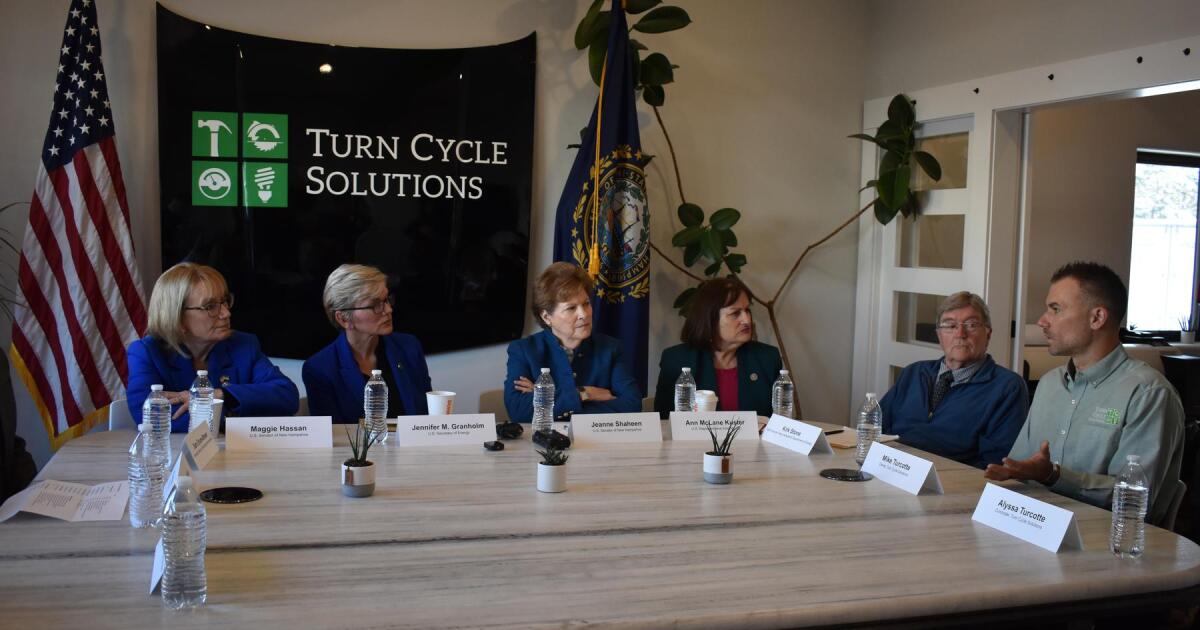I want to know what research is being done to reduce defrost times. My last math said my unit in a defrost consume as much power as it did for the rest of the hour it was cycling on and off. Now it is likely that a good portion of that time is was in first stage consuming 1.8 kw. But during a defrost consumption goes up to 10.2 kw. (Indont know how my 10 kw heaters are wired they may be 8+2 I’m not sure).
One thought I had was would an oversized unit running at lower output result in a higher outdoor coil temp thus reducing the amount of defrost needed?
But at any rate don’t expect any of these new technologies to do much better than cop of 2 at temps below 0F. But I could be wrong.
I have done a lot of thinking and work on defrost. There are two things... when in reverse cycle (to defrost) the fluid temps and thus pressures are higher, so the compressor load goes up. In many cases, there is also a strip heater that kicks on to prevent 'cold blasts' from the indoor coil.
Keep in mind that the outdoor coil might only run 5-7°F below the outdor air temp. If the outdoor dew point is low enough, zero frost forms, and the unit just does a short defrost cycle on the 'dry' coil to make sure. That is, most units have defrost timers, not frost detectors.
So, your numbers make sense. If that defrost cycle was 2 minutes every 60 run minutes (1/15th) then the total wouldn't be affected much. If it defrosted every 30 minutes, it would be a bigger effect. If the defrost cycle took 5 or 8 minutes, it would be a HUGE effect.
In my case (a single speed Goodman HP from 2013), the defrost runs every 60 compressor run minutes.
1. My installer set that switch to 30 minutes, and I changed it to 60 mins to reduce defrost losses.
2. Keep in mind that most of the time, there is no frost on the coil at all. So the reverse cycle just heats the outdoor coil until its exit fluid temp reaches 40°F (meaning it is not encased in ice) and then resets to normal heating. In my unit that takes about 2-2.5 minutes. So I thermal compounded the defrost stat and wrapped it in foam, which shaved 30-45 seconds off the dry cycle time (removing the delay from poor thermal contact). This saves MORE defrost energy.
3. Third thing is that I discovered that the 'cold blast' from my registers takes 2-3 minutes to arrive after the unit enters defrost. So I spliced a 2 minute delay timer on the wire that calls the strip heat on defrost. So on a 'dry cycle' that takes 90 seconds, no strip is called. But in frosty/icy weather when the coil can take 5 minutes to defrost, the strip IS called (for the last 3 minutes), and I still don't get an ice blast.
No problem in 10 years running with the above mods.
I reckoned that changes 2-3 boosted my SCOP from 1.9 to 2.2 or so, if I recall correctly. And netted me ~1500 kWh per season and about $250.
As installed, the unit might've been SCOP around 1.6 to 1.7? And probably would've cost me an extra $500/season.
Many installers don't care about SCOP, and do care about callbacks (e.g. for comfort). So they set the units up in ways that are inefficient, and if that costs the owner a few thousand dollars per decade more? Not their problem.
This is why **package** systems are great... bc the builder can set them up to work properly, versus a split system installer miswiring things, and setting up the stat wrong.




